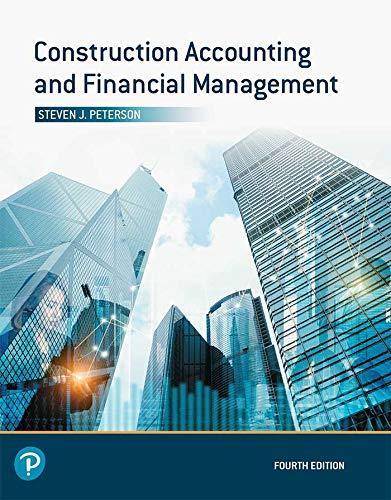Question
The company I selected for this week is Borders the well-known bookstore who went into bankruptcy in 2011. Identify the trap(s) and discuss why you
The company I selected for this week is "Borders" the well-known bookstore who went into bankruptcy in 2011.
- Identify the trap(s) and discuss why you believe the company's management missed the warning signs.
The company did many mistakes from the 1990s that caused it to file for bankruptcy. The competition has been there for years, and it heavily impacted the results of Borders. The management of the company was heavily investing in opening new and big stores reaching over 600 stores while the whole world was getting ready for electronic books. The contracts for these stores were long-term, reaching 15 and 20 years which made it even difficult to avoid such clauses when trying to close some of its stores. The investment was made in the CDs when customers were shifting to iPods. Borders outsourced its online bookselling to Amazon (not a smart move), hurting its branding and cutting into its customer base (1). The company did not even start its e-book until it was too late after Amazon and Barnes & Noble. The company suffered from the superiority trap and the sporadic innovation trap (2). The management did not succeed in reading the signs for change in the customer behaviors and requirements, as they used to come to the stores and browse the books and then order from Amazon for much cheaper.
- What were the impacts that resulted from falling for the trap(s)?
The company had to close all of its stores, this happened gradually in the last three years, and let go of more than 10,000 employees. Losing a business of this size is not easy, especially for a store that used to serve different types of audiences. The fact that it included Cafes and free Wi-Fi was making the stores more comfortable and part of a social gathering place.
- Drawing on the guidance offered by Sherman in Chapter 6, what could they have done differently to avoid the trap(s)?
If the board and management allocated part of their investments towards the new trends after thoroughly understanding the market, it would not have reached such results. The management was really occupied with opening stores and expanding heavily without even considering the right size of these stores and the consequences of the contractual terms. Although some of these stores were not making profits which the company could have avoided if there was a supervisory and analysis department to get financial reports on the performance of the stores. The company should have closed its nonprofitable stores to improve its financial results in the end (3).
Step by Step Solution
There are 3 Steps involved in it
Step: 1

Get Instant Access with AI-Powered Solutions
See step-by-step solutions with expert insights and AI powered tools for academic success
Step: 2

Step: 3

Ace Your Homework with AI
Get the answers you need in no time with our AI-driven, step-by-step assistance
Get Started


